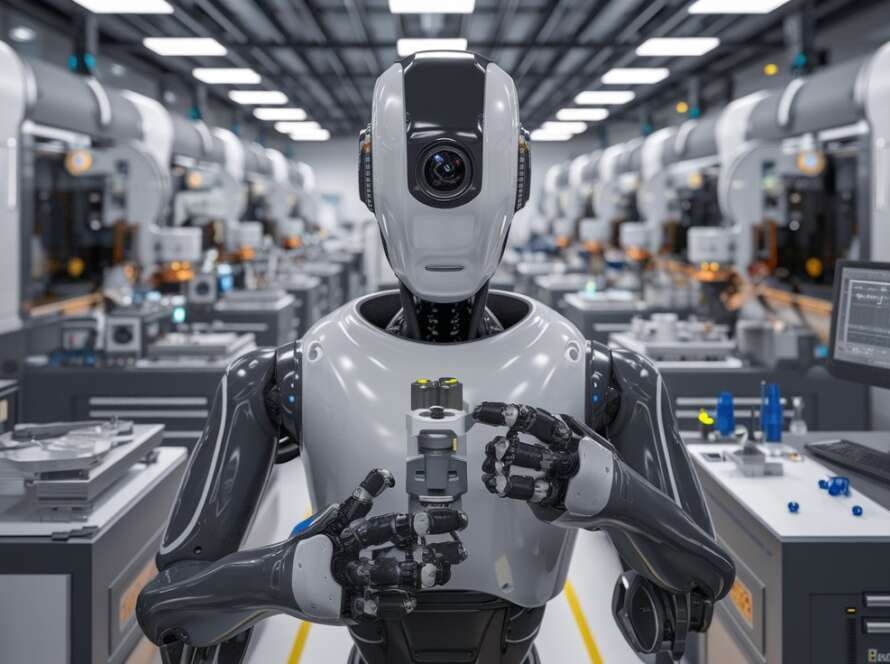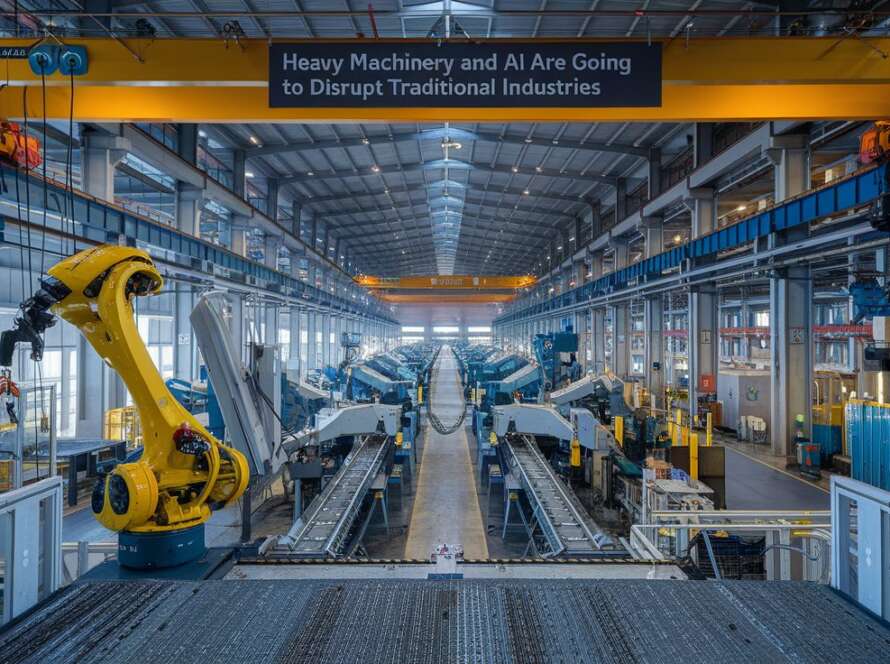AI and tech enthusiasts from all niches desire to leverage automation to make their operations more sustainable. Green AI revises the technology’s negative climate impact.
It’s a costly and environmentally concerning asset, but these algorithms will transform all sectors’ relationships with AI and the planet. Meeting sustainability objectives becomes streamlined and actionable using green AI to make a worthwhile impact.
Logistics and Supply Chains
Departments must rely on AI to inform process improvements across expansive supply chains. Logistics should experiment with green AI to draft reliable carbon ledgers, transform material sourcing, and allow for expedited research and communications. Determinations could verify compliance and improve visibility over vendor management to ensure ethical partnerships.
“Transportation is another use case. Logistics managers can ask green AI for upgraded routing and intelligent traffic management to lessen fuel usage, especially if undergoing electrification.”
Additionally, tracing cargo streamlines, as tracking systems and automation reduce waste and catch theft. These insights are crucial in an age where inventory management’s carbon footprint is skyrocketing.
Regarding supply chains, green AI shrinks carbon footprints with improved forecasting. The historical data and training eliminate trash from wasted and unused products. Lowering warehouse storage needs also alleviates power consumption, yielding even more emissions savings.
Energy
How can the energy sector employ green AI to expedite development and cut reliance on fossil fuels? The technology provides analytics for oversight and clarity. The building industry can forecast demand based on geography to refine consumption. Alternatively, the urban planning and engineering niches are upgrading legacy power grids, and need AI-driven load-balancing data for consumption awareness. These are vital for enabling widespread renewable energy and eliminating its volatility.
AI will predict performance in assets like solar panels or geothermal heat pumps, and optimize based on usage and peak times. Energy-to-grid applications are also notable because green AI could be focal in reinforcing battery storage solutions, and increasing urban and rural power resilience.
Agriculture and Food Production
Global agriculture is one of the most prominent contributors to greenhouse gas emissions. Therefore, myriad opportunities exist for decarbonization, waste reduction and refined resource allocation. Food demand is rising, climate change is altering soil and farmers are running out of land. These outstanding circumstances demand optimization before catastrophe and shortages.
Food producers must incorporate green AI for precision farming. Use cases include:
- Soil testing and monitoring
- Invasive species identification
- Disease detection and prevention
- Output forecasting
- Livestock well-being
- Foreign plant recognition
- Smart watering and pest control distribution
- Weather oversight
AI-powered tools lighten burdens on farmers to encourage sustainable growing and harvesting methods. Insights reveal preventive measures they can take to bolster security and resilience in a fraught climate.
Water Treatment
Contaminant detection is the most complex it has been in history. Novel pollutants traverse previously untainted waters. Water plants and utility providers lack adequate technology to eradicate every toxic influence. Modern concerns include microplastics and per- and poly-fluoroalkyl substances — or forever chemicals — known to have lasting human health impacts and deepen purification complications.
Developing treatment techniques requires intense funding and time professionals do not have, as unclean water permeates cities and natural habitats. Green AI will assist molecular engineers and water scientists in scanning samples and determining contaminant concentrations.
Combining AI with existing technology — like infrared imaging and spectroscopy — unlocks limitless potential. The era of manual counting and tedious data collection is over when AI screens and models water quality in a fraction of the time.
Manufacturing and Industry
Everything from concrete, batteries and clothes jettison manufacturing into new realms of greenhouse gas emissions. Green AI is a beacon of hope to the breadth of sustainability concerns industry contains. It explores options for less damaging operations, from energy management to streamlining production lines.
For example, AI sensors report when automated robotics are not functioning correctly. Instantaneous notifications permit plant technicians to perform maintenance without producing waste companies cannot sell. Manufacturers frequently squander resources and time doing too many repairs. This green technology adjusts workflows by informing predictive maintenance suggestions so machines are always at peak performance and avoid disruptions.
Other eco-aware industrial use cases for AI include:
- Shutting down lights and machinery to save energy.
- Building digital twins to minimize resources for operational renovations.
- Monitoring environmental metrics like indoor air quality and water use for process discovery.
Health Care and Biomedicine
Medical facilities generate a lot of waste and use copious amounts of electricity because of how readily available access must be. Additionally, pharmaceutical companies exploit natural resources, and harm biodiversity with unethical trial and testing practices.
“Green AI can remove animals from drug testing and discovery because algorithms run simulations with accurate determinations.”
Health care professionals using AI to help the planet also advance the industry to more productive heights. Consider how histopathologists can implement AI to abate biomedical waste with more accurate testing solutions.
Innovative AI use cases include early colorectal cancer identification in tissue samples, with success in detecting novel mutations. It removes unnecessary pollutants in waterways and saves on disposable medical equipment.
Unveiling Green AI’s Utility
Every industry has the opportunity to boost sustainability initiatives by employing green AI. Enterprises must curate and train these tools to consider eco-friendlier operations. The sky is the limit on how sectors can find creative minor and major ways to eliminate waste, curb resource consumption, and create a restorative industry that gives back to the planet.



